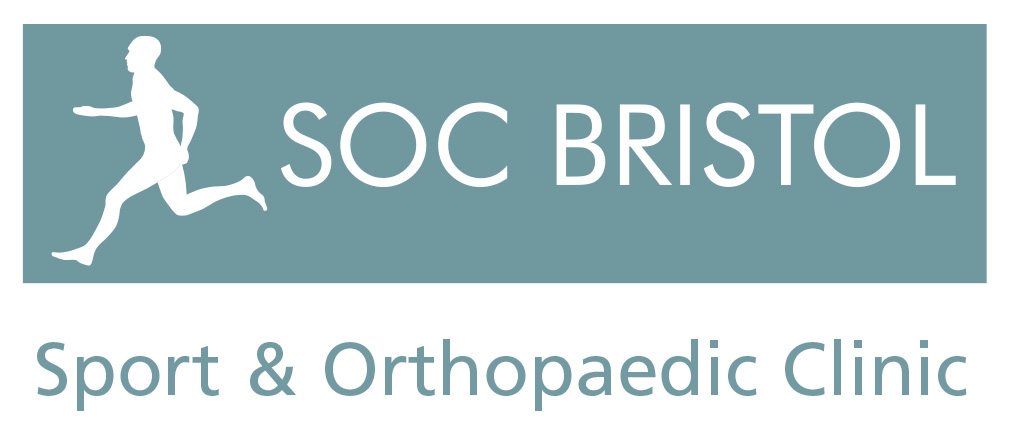Tennis Elbow, Lateral Epicondylosis (Epicondylitis)
Tennis elbow, or lateral epicondylosis, is a painful condition of the elbow, which is typically caused by overuse. It is commonly associated with sports such as tennis but in most people with the condition it is not associated with playing tennis or other sports.
While Tennis elbow is often described as an inflammation of the tendons, which come from the elbow. However, the changes within the tendon are not characteristic of an inflammation and the name epicondylitis is technically a misnomer. The damage within the tendons is attributed to repeated micro- trauma (small scale damage) in which the normal repair process does not function correctly and damage accumulates. This leads to macroscopic (largescale) damage to the tendon with subsequent pain and tenderness on the outer aspect of the elbow.
Indication:
Pain and functional impairment as a consequence of Tennis elbow or lateral epicondylosis (epicondylitis) which has not responded to appropriate non-operative treatment.
Anaesthetic:
The surgery is typically undertaken with a general anaesthetic (fully asleep). Local anaesthetic is added at the time of surgery to improve pain relief following surgery.
Structures involved:
The elbow joint is a joint made up of three bones: the Humerus (the upper arm bone) and the two bones of the forearm, the Radius and Ulna. The Humerus widens just above the elbow at 2 bony prominences or epicondyles can be felt on either side of the elbow joint. The prominence on the inside of the elbow is the medial epicondyle and the prominence on the outside of the elbow is called the lateral epicondyle.
The muscles that extend (straighten) the wrist and fingers originate from the lateral epicondyle. The muscles that flex (bend) the wrist and fingers originate from the medial epicondyle. The muscles are attached to the bone by tendons that have a common point of attachment.
Lateral epicondylosis, or tennis elbow, involves the tendons that attach the extensor muscles that straighten the wrist and fingers to the lateral (or outer) epicondyle. The tendon typically involved is the Extensor Carpi Radialis Brevis (ECRB) that is a wrist extensor.
Procedure:
There are a variety of different surgical techniques. The procedure is usually undertaken though a small 3-4cm incision but may be undertaken as a keyhole or arthroscopic procedure.
The surgery usually involves a release of the extensor tendons from the lateral epicondyle. If there is abnormal scar tissue within the tendons this is removed or debrided. Irregularity of the lateral epicondyles may be smoothed.
Incision:
The open procedure is usually undertaken through a 3-4cm scar over the lateral epicondyle or outer aspect of the elbow. Alternatively the procedure can be undertaken as a keyhole or arthroscopic procedure using 3 or so small 1cm scars. The small incision of an open procedure is typically closed with an absorbable suture. Keyhole or arthroscopic incisions may be closed with a single stitch or may not require closure. The wounds are typically covered with Steri-StripsTM and OpsiteTM dressings. These are splash resistant but not water proof. A large wool and crepe bandage is typically applied for support for the first 24 to 48 hours.
Admission and Discharge:
You will normally be admitted the day of surgery and go home the same day. It may be necessary for you to stay in overnight particularly if you do not have a responsible adult to keep an eye on you overnight or if your operation is late on in the day.
Rehabilitation:
The physiotherapist will go through the rehabilitation guidance with you before you are discharged home. The arm may be used for light activities from the first day as pain allows but should be rested.
The wounds will take approximately 2 weeks to heal and should be kept clean and dry during this time. The clear OpsiteTM dressing may be left until then.
A graduated return to activity with a subsequent eccentric exercise programme is important in determining the long-term outcome.
A return to sporting activity is typically between 4 and 6 months post surgery.
Please see the postoperative rehabilitation guidelines.
Risks associated with surgery:
All operations are associated with a degree of risk but significant complications associated with a Tennis elbow or Lateral epicondylar release are uncommon.
The following risks are those that are serious or most commonly reported in the literature.
Infection (1%):
Infection in elbow surgery is uncommon. The risk is sufficiently low that antibiotics are often not routinely given. If an infection were to develop it is typically a superficial infection, which can be treated with oral antibiotics. Rarely does an infection develop that requires re-admission to hospital and surgery to wash the infection out.
Anaesthetic Risks:
Anaestheic complications are rare but include Heart Attack (Myocardial Infarction, MI), Stroke (Cerbero-Vascular Accident, CVA) and a clot in the leg (Deep Vein Thrombosis, DVT) or lungs (Pulmonary Embolus, PE).
Neuro-Vascular Damage (<1%):
Damage to nerves or blood vessels is rare with an open tennis elbow release. The risk of a nerve injury following arthroscopic or keyhole elbow surgery is low but injuries occur and care is required to minimise this risk.
Stiffness (1-10%):
The elbow is sensitive to injury or intervention and may respond by becoming stiff. A slight loss of extension (straightening) of the elbow may occasionally occur and persist but is rarely significant or impairing. Very rarely the recurrence of stiffness is such that a repeat procedure is indicated.
Change in symptoms:
Continued pain (5-20%) The probability of symptom improvement is high it remains possible but rare that symptoms may remain unchanged or deteriorate. Weakness of particularly grip strength and wrist extension may be reduced but it is uncommon for this to be significant.
Arthritis:
It is unlikely that the surgery itself would predispose the elbow to arthritis. However, early degenerate changes in the elbow are an alternative cause of lateral (outer sided) elbow pain and may underlie the presence of tennis elbow like symptoms.

